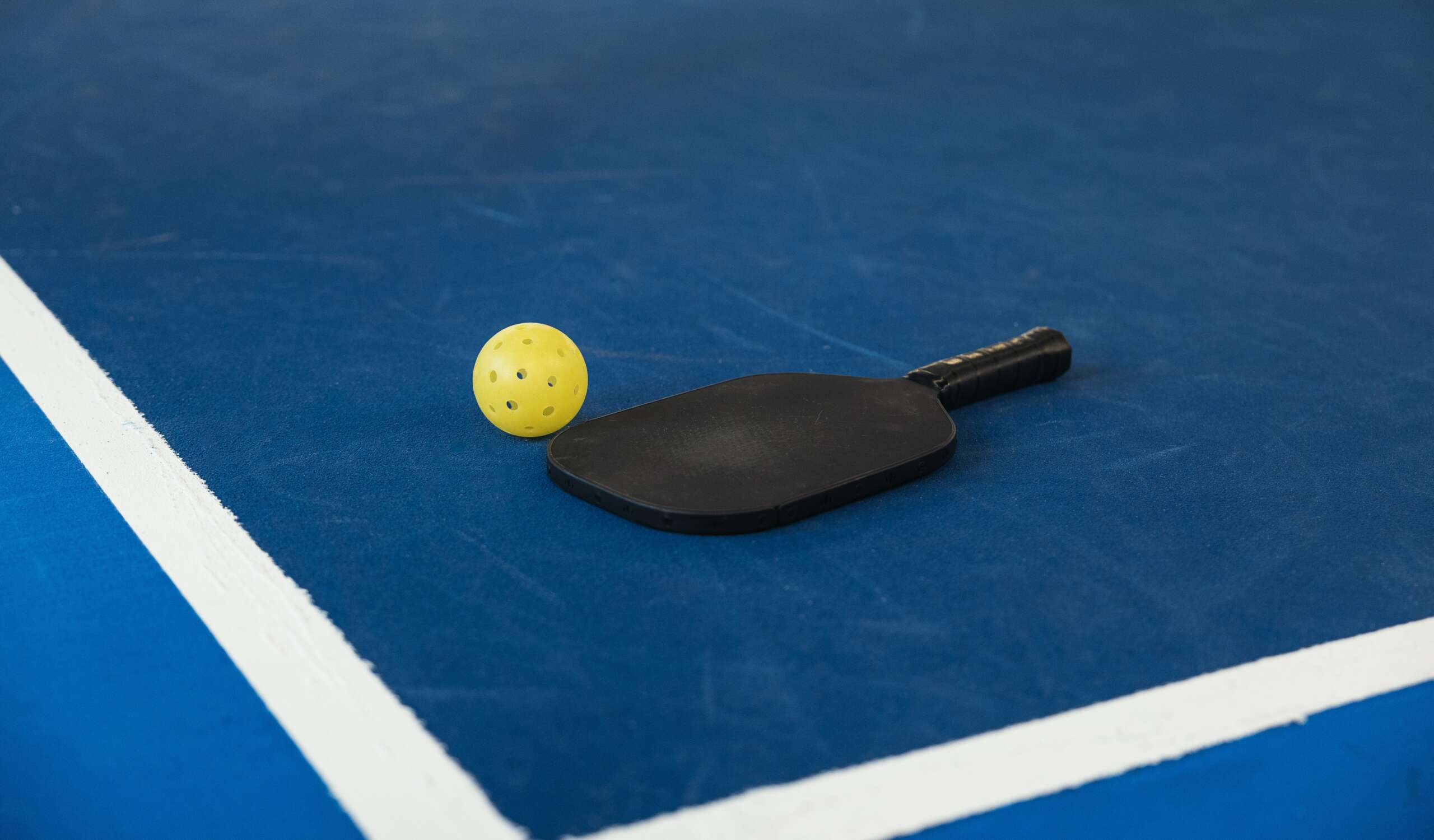28 Jun

The past few years have seen an unexpected sports trend sweep across the globe – Spikeball. This dynamic, fun, and competitive game has gone from a simple backyard activity to a globally recognized sport in no time, drawing in people from all walks of life. While its exponential growth is impressive, there is a largely unnoticed concern that needs addressing – the increase in medical costs due to Spikeball-related injuries.
The Spikeball Surge
Spikeball, sometimes referred to as roundnet, is a team sport that combines elements from volleyball and four square. It is played 2 vs 2, with a small ball and a hula hoop sized Spikeball net placed between the teams.
The game was introduced around a decade ago and has since seen an incredible surge in popularity. According to the Spikeball Association, there are now millions of players worldwide, from casual backyard enthusiasts to serious competitors.
The Hidden Cost
However, with the rise of any sport comes an increase in related injuries. And with Spikeball, it’s no different. Data from recent medical studies have indicated an uptick in injuries directly linked to the game. These range from minor strains and sprains to more serious incidents like fractures and concussions.
As a result, we’re seeing a rise in medical costs attributed to Spikeball. Recent estimates suggest that these costs could potentially rise into the millions as the game continues to expand.
The Need for Safety Measures
What can be done about this issue? For one, there needs to be more awareness about the potential risks associated with playing Spikeball. Like any sport, it requires physical exertion and comes with the possibility of injury. Players must understand the need to warm up properly, use the right technique, and take necessary precautions while playing.
Furthermore, proper education about the game’s safety rules needs to be spread among current and potential players. This could be done through public awareness campaigns, instructional videos, and safety guidelines provided during purchase of Spikeball sets.
The Spikeball Association, local communities, and even players themselves have a role to play in mitigating the risks. By promoting safety and responsibility in play, we can ensure that this beloved sport can continue to grow without posing a significant financial burden on healthcare systems.
Conclusion
In conclusion, while Spikeball’s popularity surge is exciting and brings a fresh dimension to the sports world, it’s crucial to address its potential health impacts. By raising awareness, promoting safety, and ensuring players are


